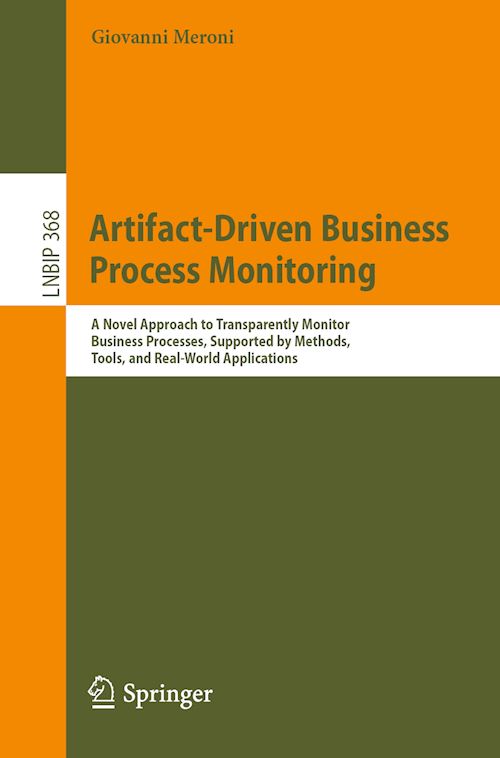

Questo prodotto usufruisce delle SPEDIZIONI GRATIS
selezionando l'opzione Corriere Veloce in fase di ordine.
Pagabile anche con Carta della cultura giovani e del merito, 18App Bonus Cultura e Carta del Docente
This book proposes a novel technique, named artifact-driven process monitoring, by which multi-party processes, involving non-automated activities, can be continuously and autonomously monitored. This technique exploits the Internet of Things (IoT) paradigm to make the physical objects, participating in a process, smart. Being equipped with sensors, a computing device, and a communication interface, such smart objects can then become self-aware of their own conditions and of the process they participate in, and exchange this information with the other smart objects and the involved organizations. To allow organizations to reuse preexisting process models, a method to instruct smart objects given Business Process Model and Notation (BPMN) collaboration diagrams is also presented.
The work constitutes a revised version of the PhD dissertation written by the author at the PhD School of Information Engineering of Politecnico di Milano, Italy. In 2019, the PhD dissertation won the “CAiSE PhD award”, granted to outstanding PhD theses in the field of Information Systems Engineering.











Il sito utilizza cookie ed altri strumenti di tracciamento che raccolgono informazioni dal dispositivo dell’utente. Oltre ai cookie tecnici ed analitici aggregati, strettamente necessari per il funzionamento di questo sito web, previo consenso dell’utente possono essere installati cookie di profilazione e marketing e cookie dei social media. Cliccando su “Accetto tutti i cookie” saranno attivate tutte le categorie di cookie. Per accettare solo deterninate categorie di cookie, cliccare invece su “Impostazioni cookie”. Chiudendo il banner o continuando a navigare saranno installati solo cookie tecnici. Per maggiori dettagli, consultare la Cookie Policy.